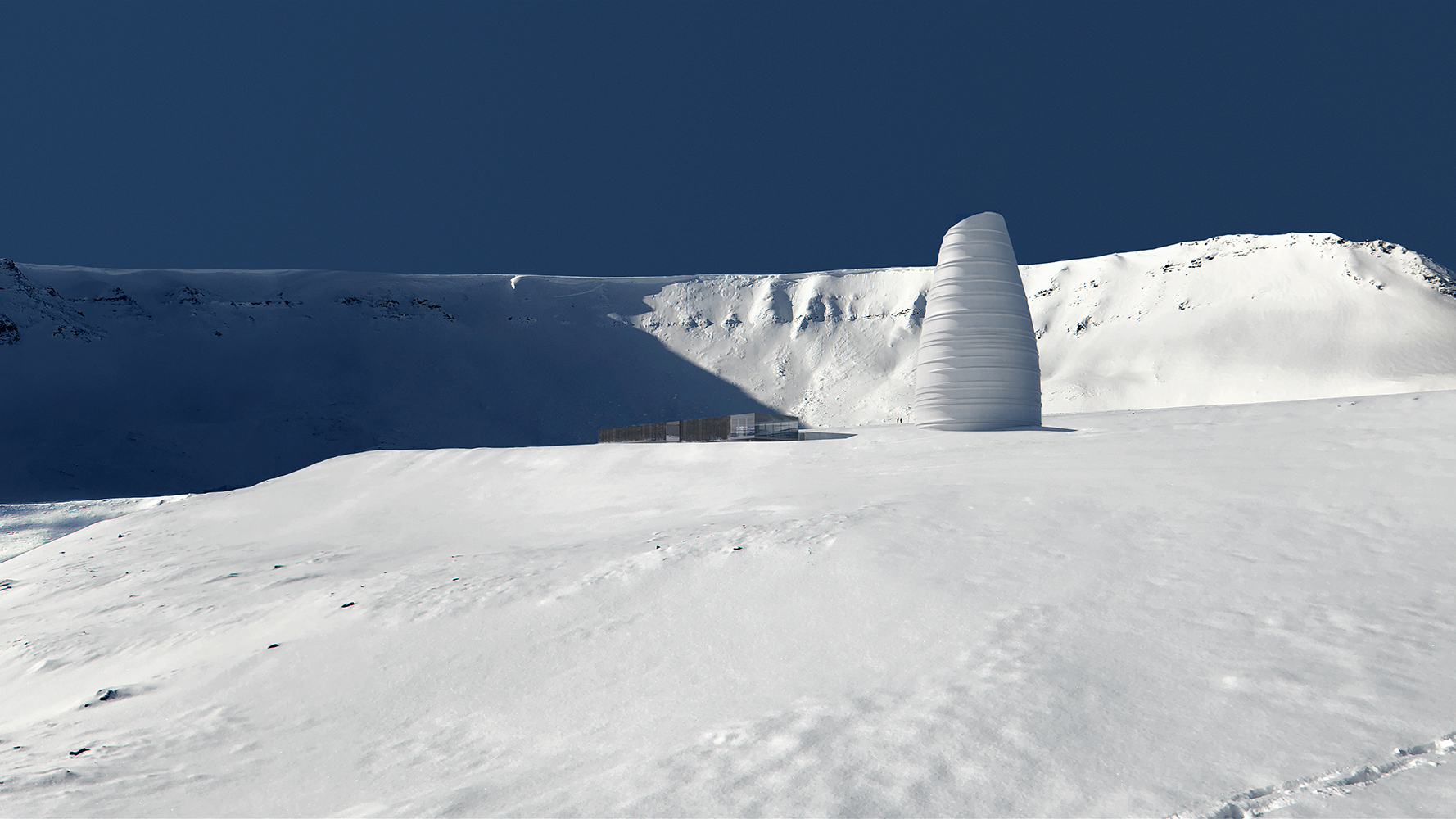
The Arc
Snøhetta/Piql
Tellart and global architecture studio Snøhetta were invited to create a concept for The Arc, a new visitor center that is to be built on the remote Arctic Ocean island of Svalbard. The island’s climate and geopolitical stability make it uniquely suited to safe long-term storage. Buried deep in a mountainside on Svalbard, the Arctic World Archive stores digital data, and the Global Seed Vault represents the world’s largest crop seed repository.
Since the public cannot visit the vaults, Arctic Memory AS asked us to design a visitor experience to showcase the content of the vaults and convey the vital importance of preserving world memory. The Arc explains the mission of these two archives and the urgency of preserving our diverse cultural heritage and natural ecosystem in order for human civilization to continue to thrive.
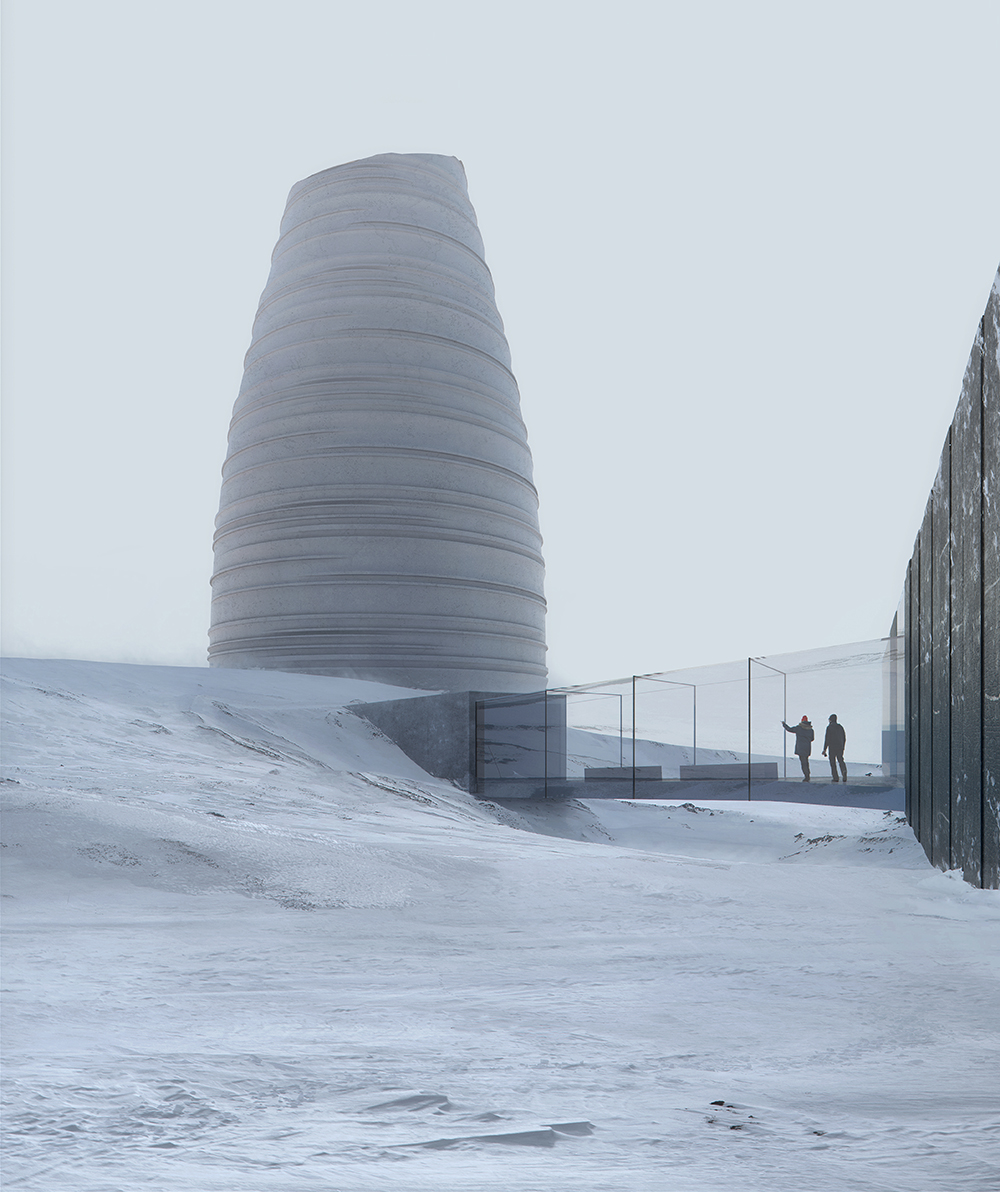
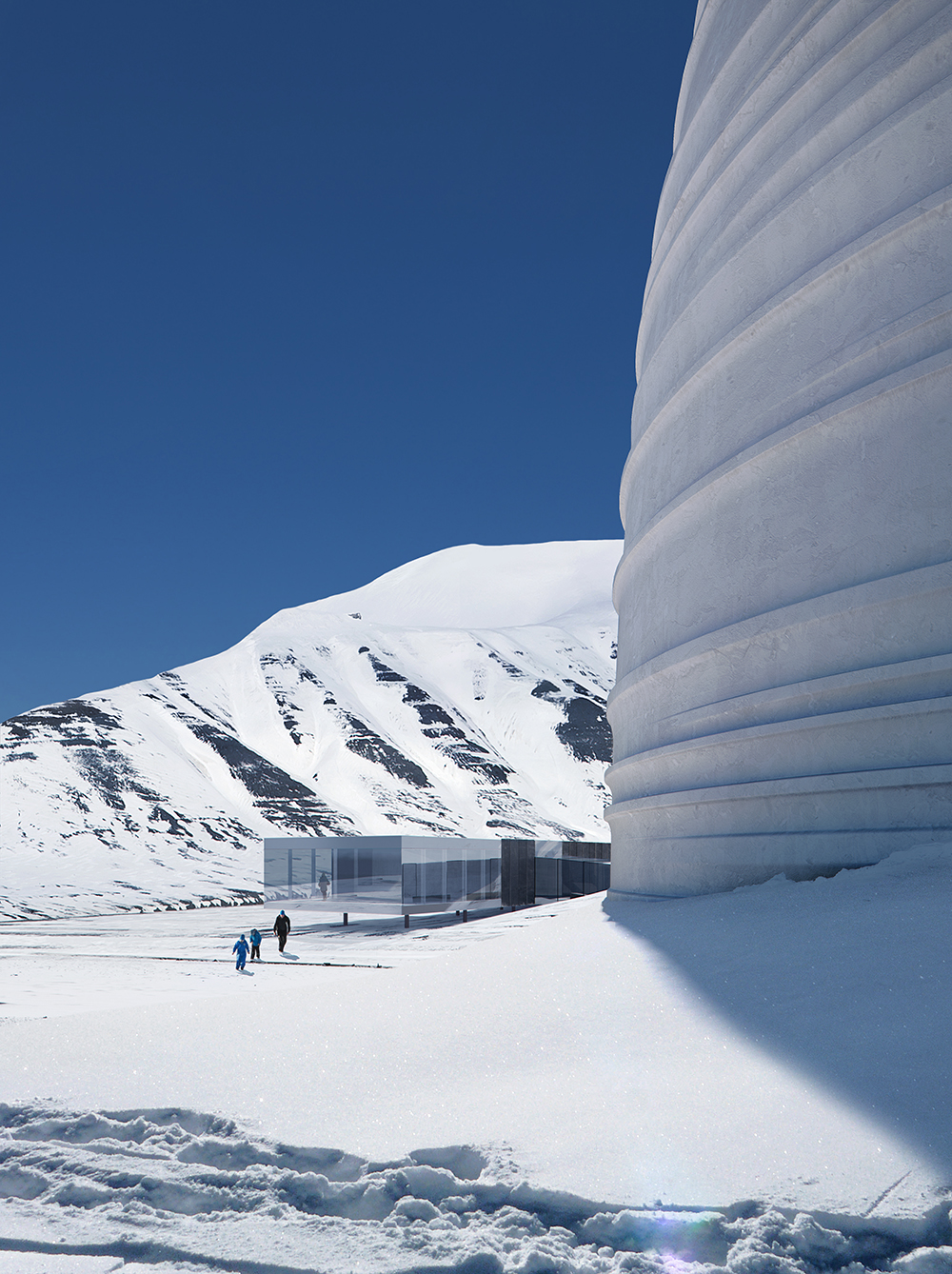
Memory of the world
Here visitors explore the content of the Arctic World Archive and learn about the importance of digitally preserving our cultural legacy for future generations. The collection currently includes art collections, Vatican manuscripts and video clips of legendary football player Pelé.
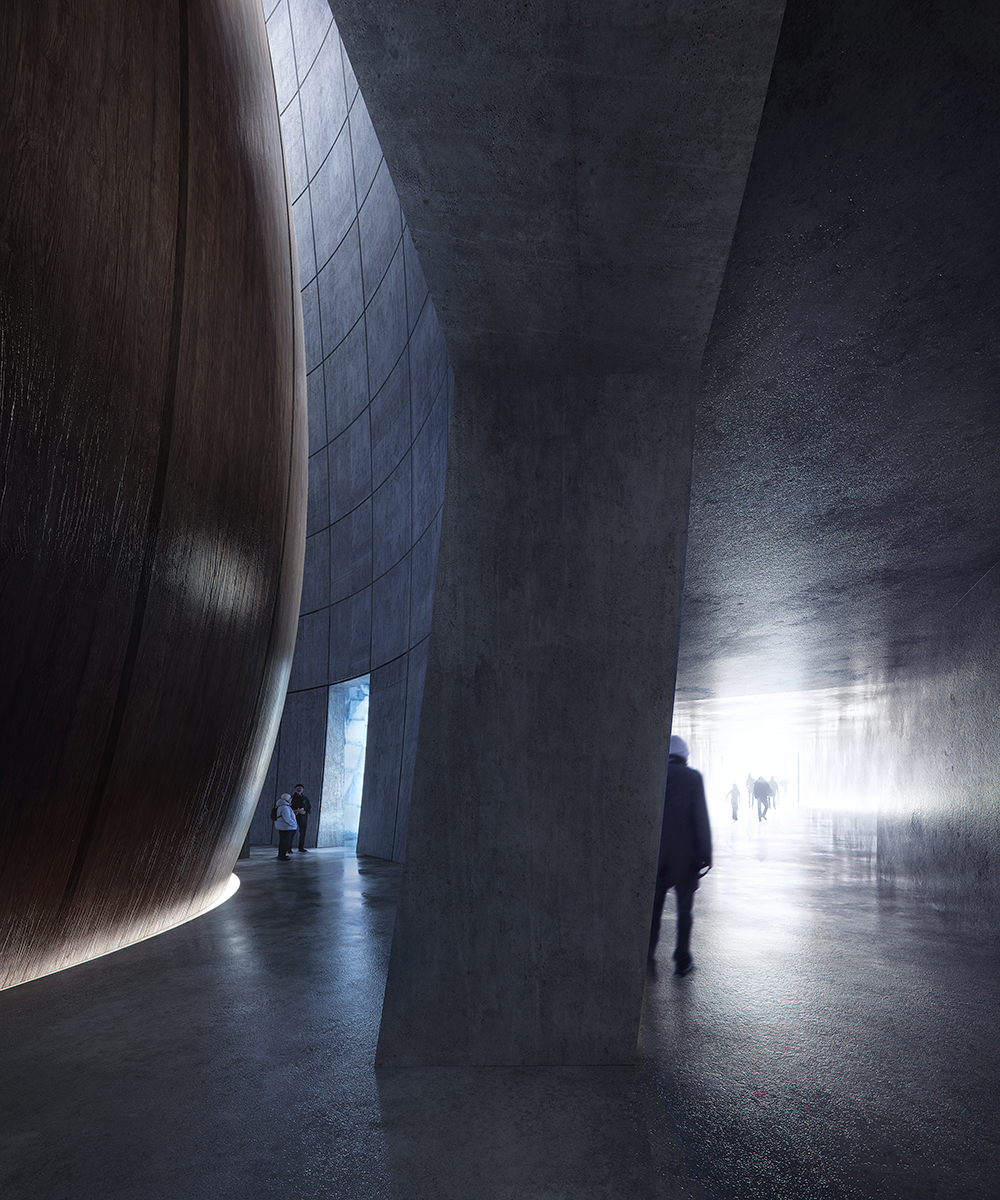
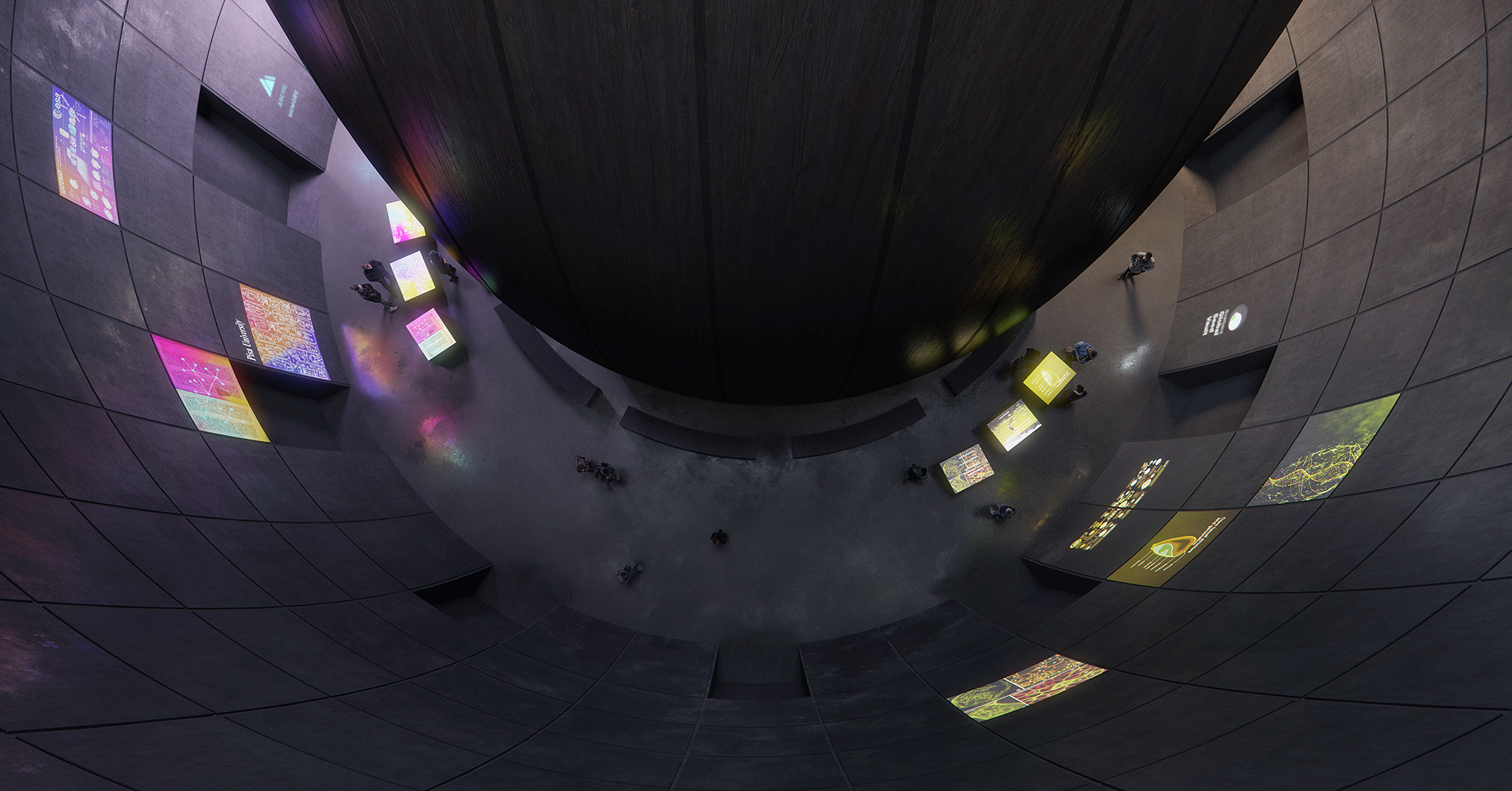
Future Food Security
Here visitors discover the inner workings of the Global Seed Vault and gene banks, and learn why crop preservation and diversity are key to ensuring that our expanding global population can continue to feed itself.
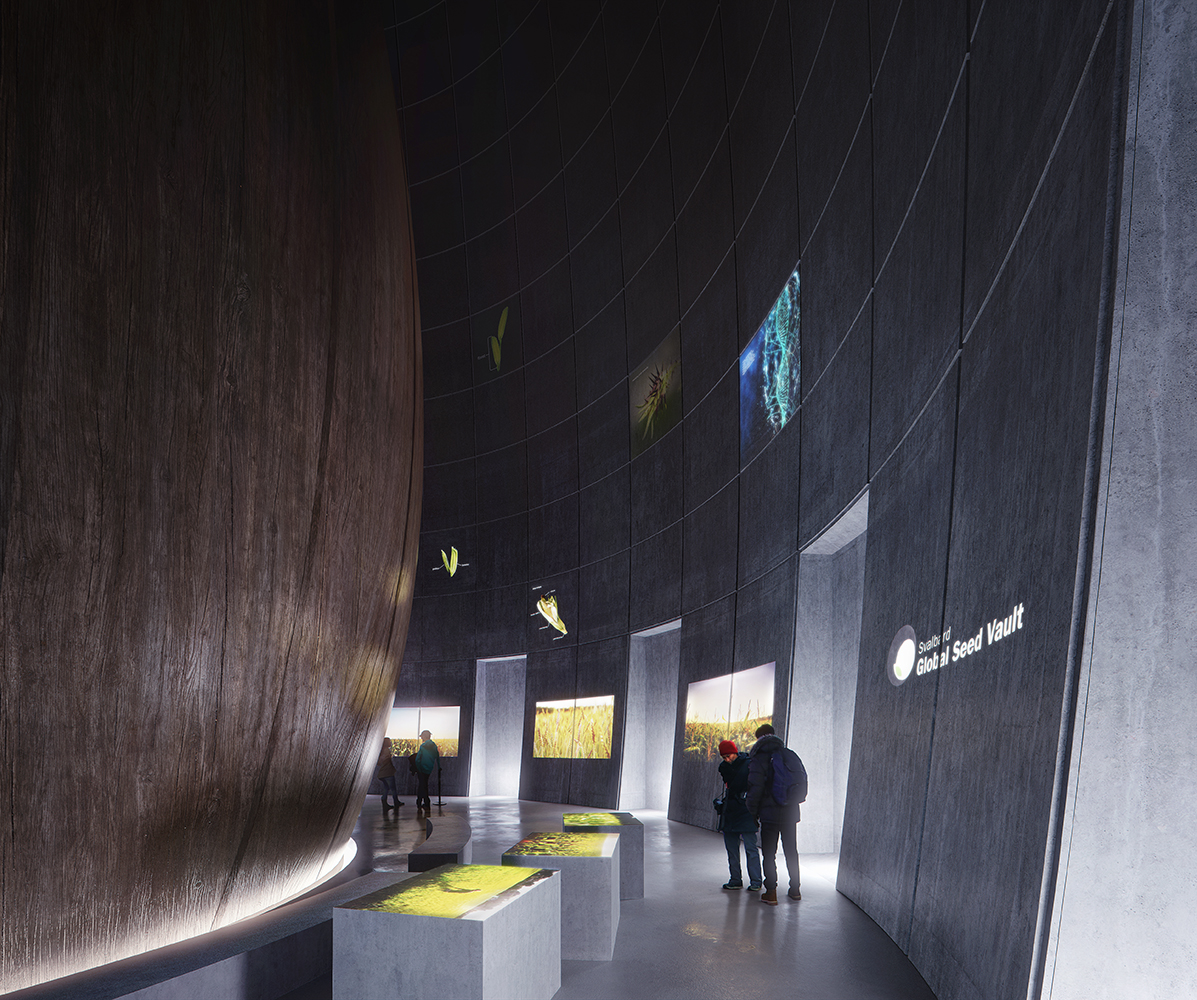
The Svalbard Archipelago
Given its unique location, billions of years of Earth’s natural history are preserved in Svalbard’s landmass. A large-scale immersive film takes visitors back tens of millions of years, showing that this permafrost island was once home to lush forests. At the current rate of carbon emissions, the forest could return within less than 200 years.
At the center of the building is a ceremonial space with a single live tree that invites visitors to contemplate the relationship between climate change and the resilience of life on Earth.
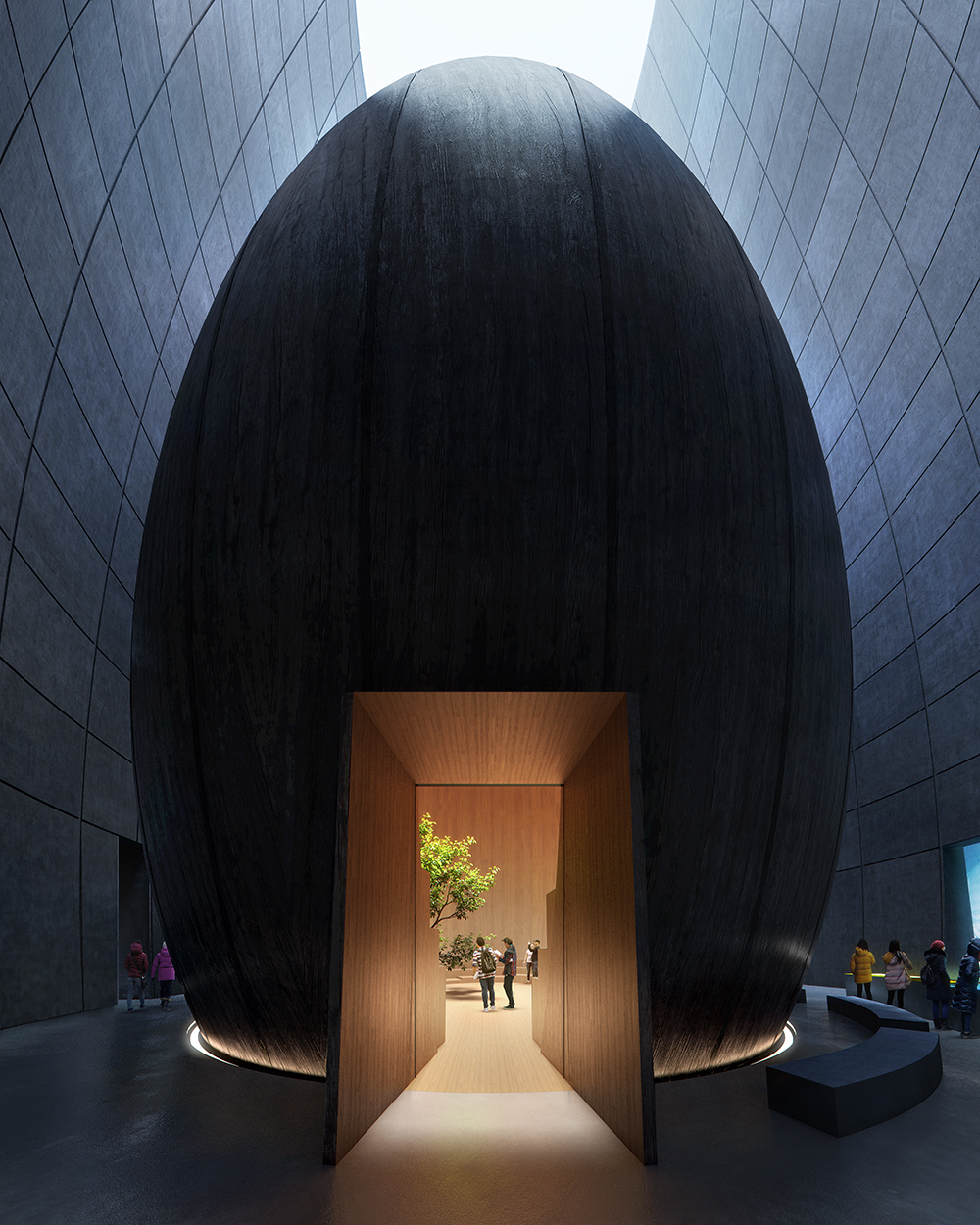
Process
Early in the process we visited the Svalbard Archipelago together with Snøhetta. Our visit covered various archaeological sites, the Global seed vault as well as the Arctic World Archive. Experiencing the wilderness and extreme temperatures of this unique Arctic environment firsthand strongly influenced the architecture and visitor journey. What emerged is a holistic cultural experience in harmony with the natural surroundings.




“The Global Seed Vault, Arctic World Archive and Svalbard each hold fascinating stories, but these stories are unavailable to the public, packed between fossil layers and stored deep in the permafrost. The Visitor Centre will make these unique stories available in a new and innovative way - in a spectacular centre in a spectacular location.”
Katrine Loen Thomsen, Managing Director of Arctic Memory
Project Data
Highlights:
• The Global Seed Vault is the world's largest secure seed storage.
• The Arctic World Archive is an expanding digital archive of world memory, with submissions from individuals, organisations and governments across the globe.
• The Vault is kept at 4° Celsius to give visitors a taste of what it feels like to stand inside one of the real vaults.
• The centerpiece of the ceremony room is a large deciduous tree representing the vegetation that once grew on Svalbard.
• Leaf fossils of ancient trees (Metasequoia and Ginko) and more well-known deciduous trees have been found on Svalbard, dating back more than 200 million years.
• Elm, Birch, Lime, Chestnut and many other broadleaf species grew on Svalbard 56 million years ago when the temperature was 5-8° Celsius higher.
• At the current rate of carbon emissions, temperatures could rise high enough for a forest to grow again on Svalbard within only 150-200 years.
Project team:
Tellart was responsible for Exhibition Design
Collaborator - architecture: Snøhetta
Images: Snøhetta and Plomp
Sign up for our newletter